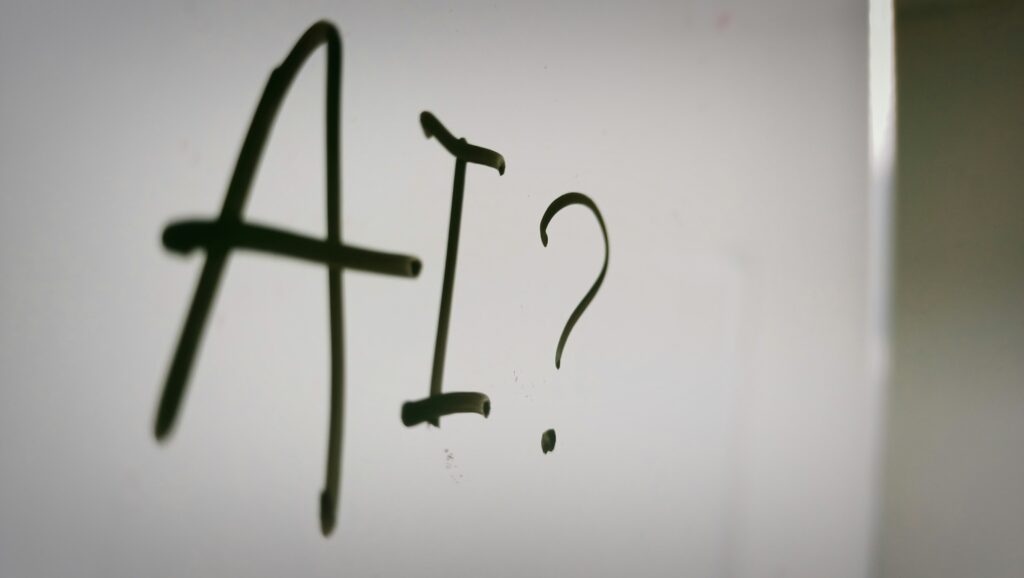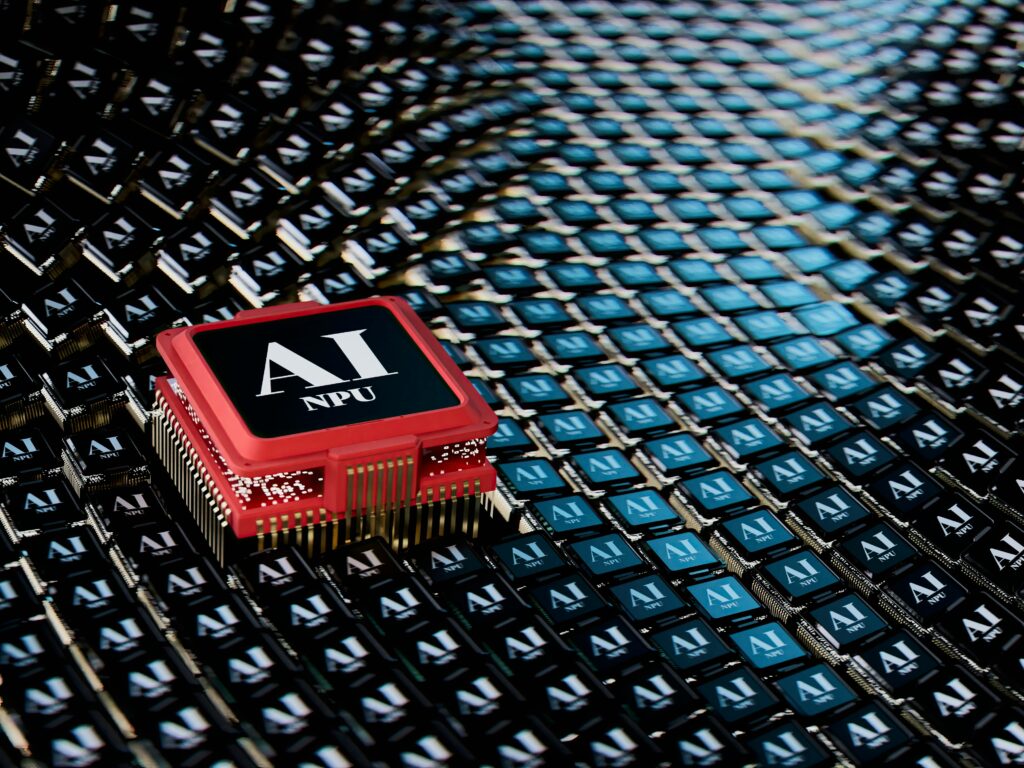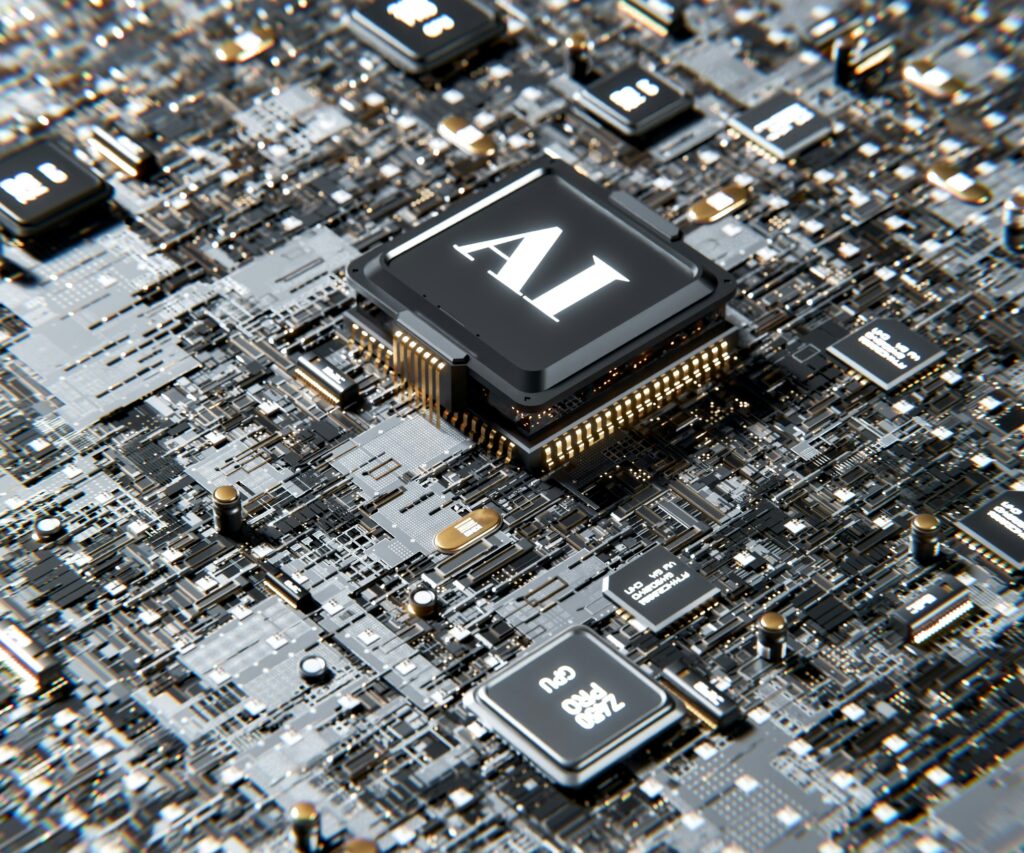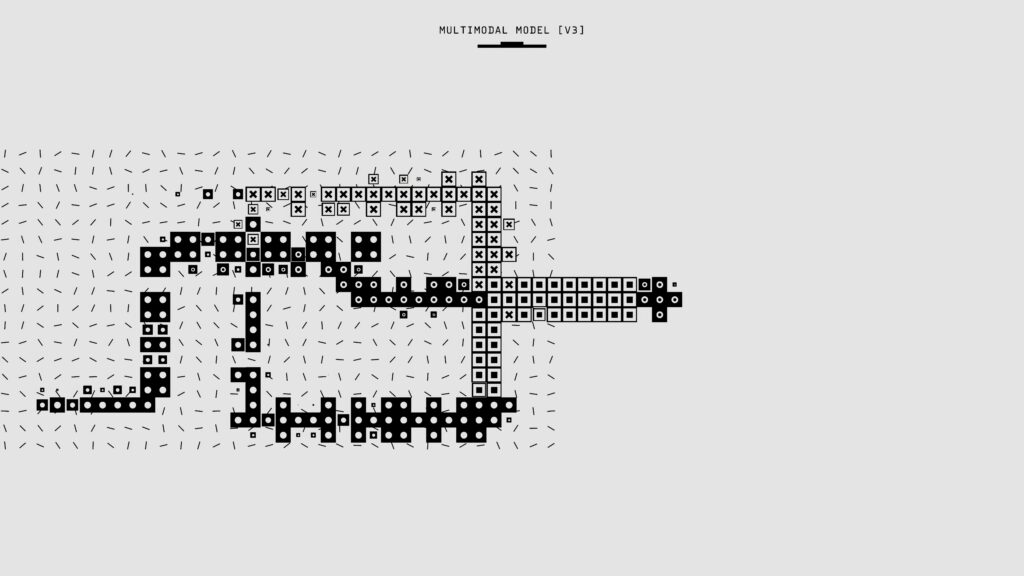
ArtificialIntelligence #HowAIWorks #MachineLearning #AIApplications #FutureOfAI

“AI is everywhere, but how does it really work?”
Artificial Intelligence (AI) is no longer a futuristic concept—it’s a core part of our everyday lives, powering everything from search engines and voice assistants to self-driving cars. But what exactly is AI, and how does it function? Let’s break it down in simple terms.
What is AI?
AI, or Artificial Intelligence, refers to the ability of machines to simulate human intelligence. This includes tasks such as learning, reasoning, problem-solving, and decision-making. The ultimate goal of AI is to enable machines to think and act like humans, or sometimes even better.

2. The Building Blocks of AI
AI systems are built using the following core components:
1) Data
- AI relies on vast amounts of data to learn patterns and make predictions.
- Example: A facial recognition system uses thousands of face images to identify unique patterns.
2) Algorithms
- Algorithms are step-by-step instructions that help AI systems process data and perform tasks.
- Example: A recommendation system uses an algorithm to suggest movies based on your viewing history.
3) Machine Learning (ML)
- A subset of AI, ML allows systems to learn from data without being explicitly programmed.
- Example: Email spam filters that improve over time as they analyze more emails.
4) Neural Networks
- Inspired by the human brain, neural networks are algorithms designed to recognize patterns.
- Example: Neural networks power AI applications like image recognition and natural language processing.
5) Hardware and Computing Power
- AI requires powerful processors (like GPUs) to handle complex calculations quickly.

3. How Does AI Learn?
AI learns in three primary ways:
1) Supervised Learning
- AI is trained on labeled data.
- Example: A dataset of dog and cat images with labels “dog” or “cat” is used to teach the AI to recognize animals.
2) Unsupervised Learning
- AI works with unlabeled data to identify hidden patterns.
- Example: Grouping customers with similar shopping habits for targeted marketing.
3) Reinforcement Learning
- AI learns through trial and error, receiving rewards or penalties for its actions.
- Example: AI in video games learns to win by playing repeatedly and optimizing its strategy.
4. How Does AI Make Decisions?
AI systems make decisions by:
- Analyzing Data: AI processes raw data to identify relevant patterns.
- Applying Rules or Algorithms: It uses pre-defined rules or machine-learned models.
- Outputting Predictions or Actions: Based on analysis, AI predicts outcomes or takes specific actions.
Example: A self-driving car analyzes sensor data (like road signs and obstacles), applies driving rules, and determines whether to accelerate, brake, or turn.
5. Real-Life Applications of AI
AI is used in various industries to solve complex problems:
- Healthcare:
- Diagnosing diseases through image analysis (e.g., detecting cancer in X-rays).
- Finance:
- Detecting fraudulent transactions using pattern recognition.
- Retail:
- Providing personalized product recommendations.
- Transportation:
- Enabling self-driving cars to navigate roads safely.
- Customer Service:
- Chatbots that provide 24/7 support.
6. Challenges and Limitations of AI
While AI is powerful, it’s not perfect. Key challenges include:
- Bias in Data: AI can inherit biases present in training data.
- Energy Consumption: Training AI models requires significant computational resources.
- Ethical Concerns: Issues around privacy, job displacement, and misuse of AI.
7. The Future of AI
The future of AI is promising, with advancements in areas like:
- Generative AI:
- AI that creates new content, such as art, music, and text (e.g., ChatGPT, MidJourney).
- Explainable AI:
- AI systems that can explain their decisions in human-readable terms.
- Human-AI Collaboration:
- AI working alongside humans to enhance productivity and innovation.
Conclusion: AI is the Future
Artificial Intelligence is revolutionizing industries and changing the way we live. While it’s still evolving, understanding its basic principles can help us embrace its potential. Whether it’s simplifying daily tasks or tackling global challenges, AI is undoubtedly shaping the future.
What’s your take on AI? Do you think it will improve our lives or pose challenges in the long run? Let us know your thoughts below!
답글 남기기